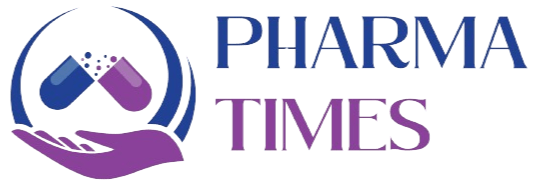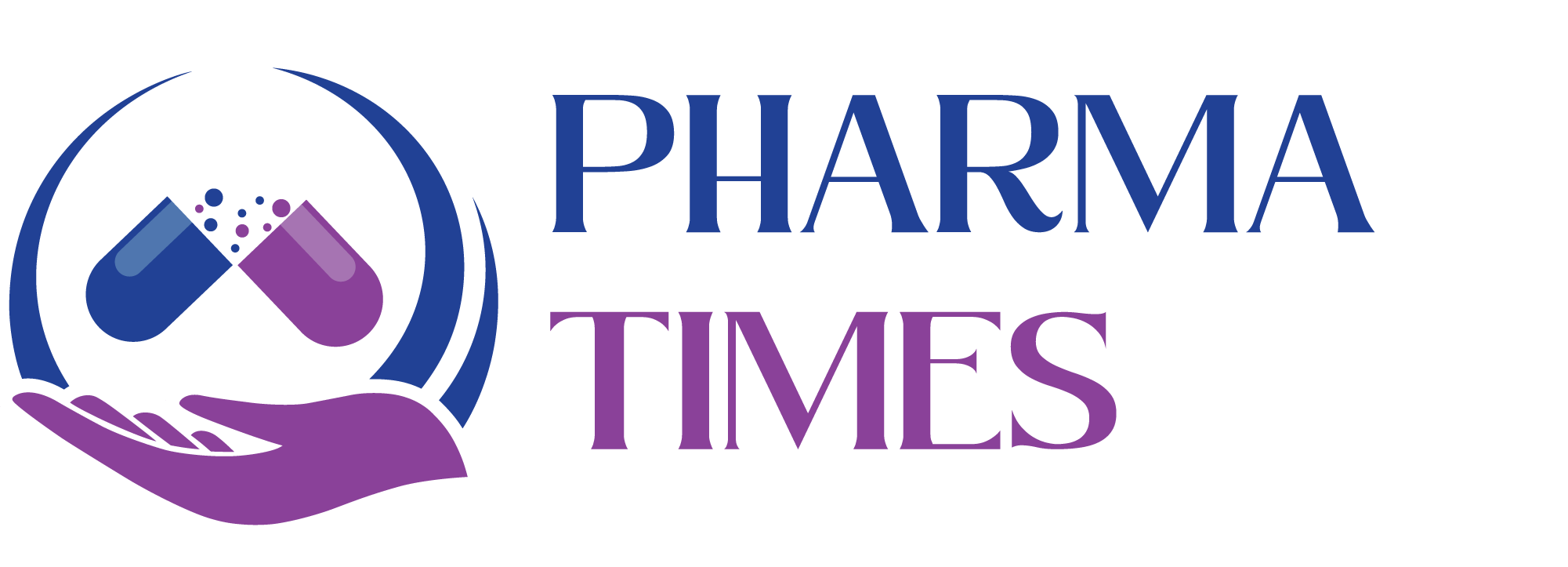SOP for Leak Tester in Quality control.

Standard Operating Procedure (SOP)
Here is a Standard Operating Procedure (SOP) for the Operation and Calibration of a Leak Tester (typically used for checking the integrity of blister packs, strip packs, sachets, etc.).
1. Purpose
To lay down the procedure for the operation, performance check, and calibration of the leak tester used to determine the integrity of packaging such as blisters, strips, and sachets.
2. Scope
This SOP is applicable to the leak tester installed and used in the Quality Control (QC) department of [Company/Facility Name].
3. Responsibilities
-
QC Analyst: To operate the leak tester and perform routine checks.
-
QC Supervisor: To review and approve records and ensure compliance.
-
Engineering/Maintenance: To perform periodic maintenance and assist in calibration if needed.
4. Materials and Equipment
-
Leak tester (e.g., vacuum-based desiccator-type)
-
Vacuum pump
-
Timer or stopwatch
-
Water (clean and at room temperature)
-
Standard samples (positive control packs with known leaks)
-
Record formats (operation log, calibration log)
5. Definitions
-
Leak Test: A procedure to verify the integrity of packaging using vacuum and observation for air bubbles.
6. Procedure
6.1 Operation of Leak Tester
-
Preparation
-
Ensure the leak tester is clean and free from previous samples or debris.
-
Fill the leak tester chamber (desiccator or vacuum bowl) with sufficient clean water to submerge the test samples completely.
-
-
Sample Placement
-
Place the samples (e.g., blister packs or strips) gently in the leak tester basket.
-
Make sure they are submerged and spaced apart to avoid sticking to each other.
-
-
Vacuum Application
-
Close the lid of the leak tester securely.
-
Switch on the vacuum pump.
-
Apply vacuum to achieve the required level (typically 200–400 mmHg or as per SOP/product requirement).
-
Maintain vacuum for 10–15 minutes (or per validated method).
-
Observe the samples for air bubbles indicating leakage.
-
-
Completion
-
After the time is completed, release the vacuum slowly to avoid disturbing the samples.
-
Remove the test samples and inspect them further, if needed.
-
Document the test results including pass/fail criteria.
-
6.2 Acceptance Criteria
-
No continuous air bubbles should appear from any sealed cavity or blister.
-
If any test sample shows leakage (bubbles), it must be recorded and investigated.
-
A positive control sample should always produce bubbles to confirm test validity.
6.3 Calibration of Leak Tester
Frequency
-
Perform calibration every 6 months or after any repairs/alterations.
Calibration Steps
-
Vacuum Gauge Check
-
Compare the leak tester vacuum gauge with a calibrated reference vacuum gauge.
-
Apply known vacuum levels (e.g., 100, 200, 300, 400 mmHg) and check accuracy.
-
Acceptable deviation: ±5 mmHg.
-
-
Timer Calibration
-
Check the timer against a calibrated stopwatch.
-
Verify the timing for standard test durations (e.g., 10 minutes).
-
Acceptable deviation: ±10 seconds.
-
-
Leak Detection Verification
-
Test with a known leaking pack (positive control).
-
Confirm that the pack produces bubbles during the vacuum cycle.
-
Documentation
-
Record calibration results in the Calibration Log with date, readings, and analyst/supervisor sign-off.
7. Precautions
-
Do not apply vacuum suddenly; increase gradually to avoid damaging the test samples.
-
Always ensure the vacuum pump and gauge are in proper working condition.
-
Do not test leaking or broken samples with others.
-
Use only clean water and replace it regularly.
-
Ensure the leak tester lid is tightly sealed during the test.
8. Documentation and Records
-
Leak Test Logbook: Batch number, date, vacuum level, duration, result (pass/fail).
-
Calibration Log: Date of calibration, readings, remarks, signature.
-
Maintenance Log (if applicable).
9. Reference Documents
-
Manufacturer’s instruction manual
-
GMP guidelines
-
Product packaging specifications
-
USP/EP packaging integrity test references (if applicable)
🎓 Discover one of the best Quality Assurance courses available — click below to explore the course that’s shaping future QA skills.

